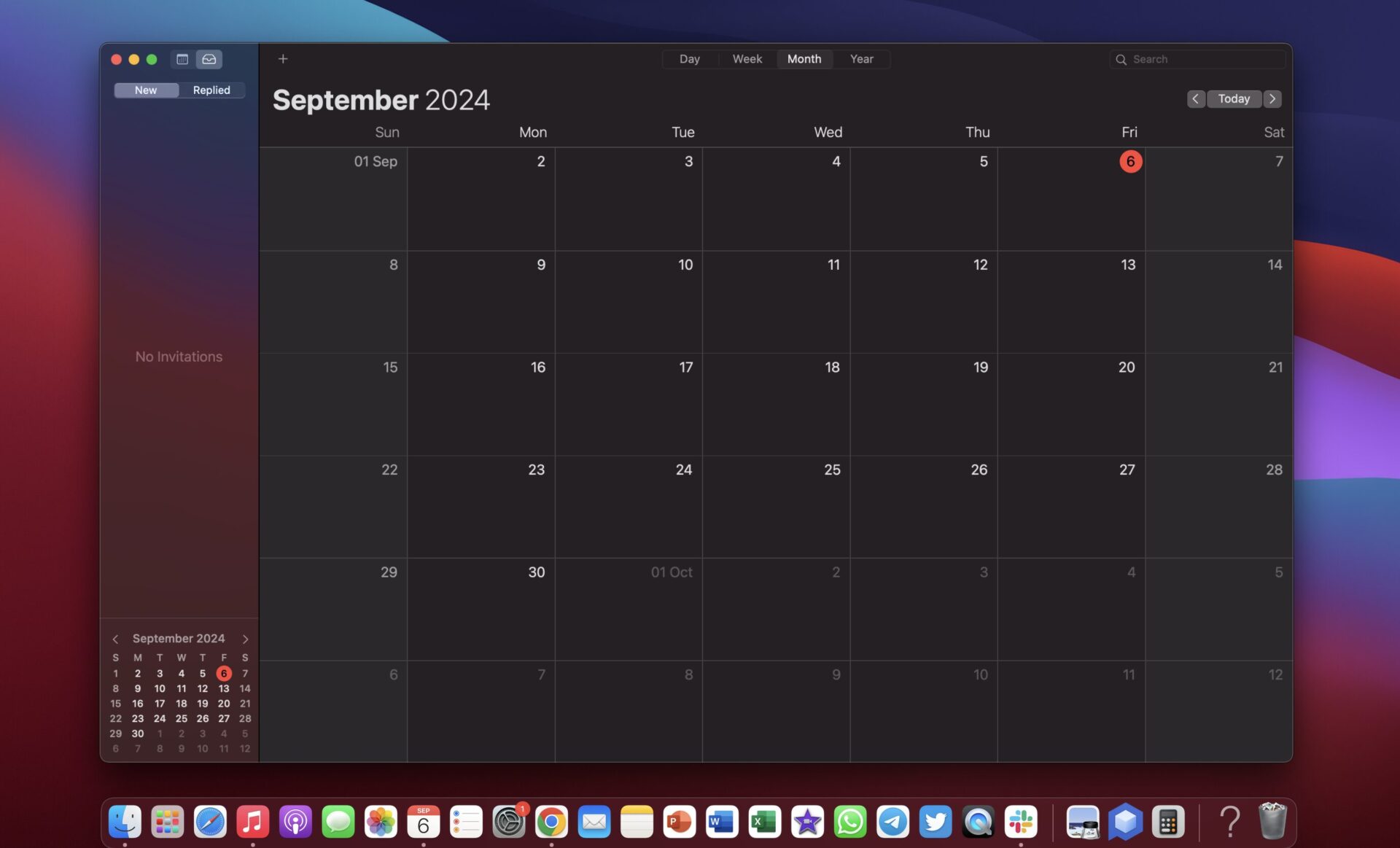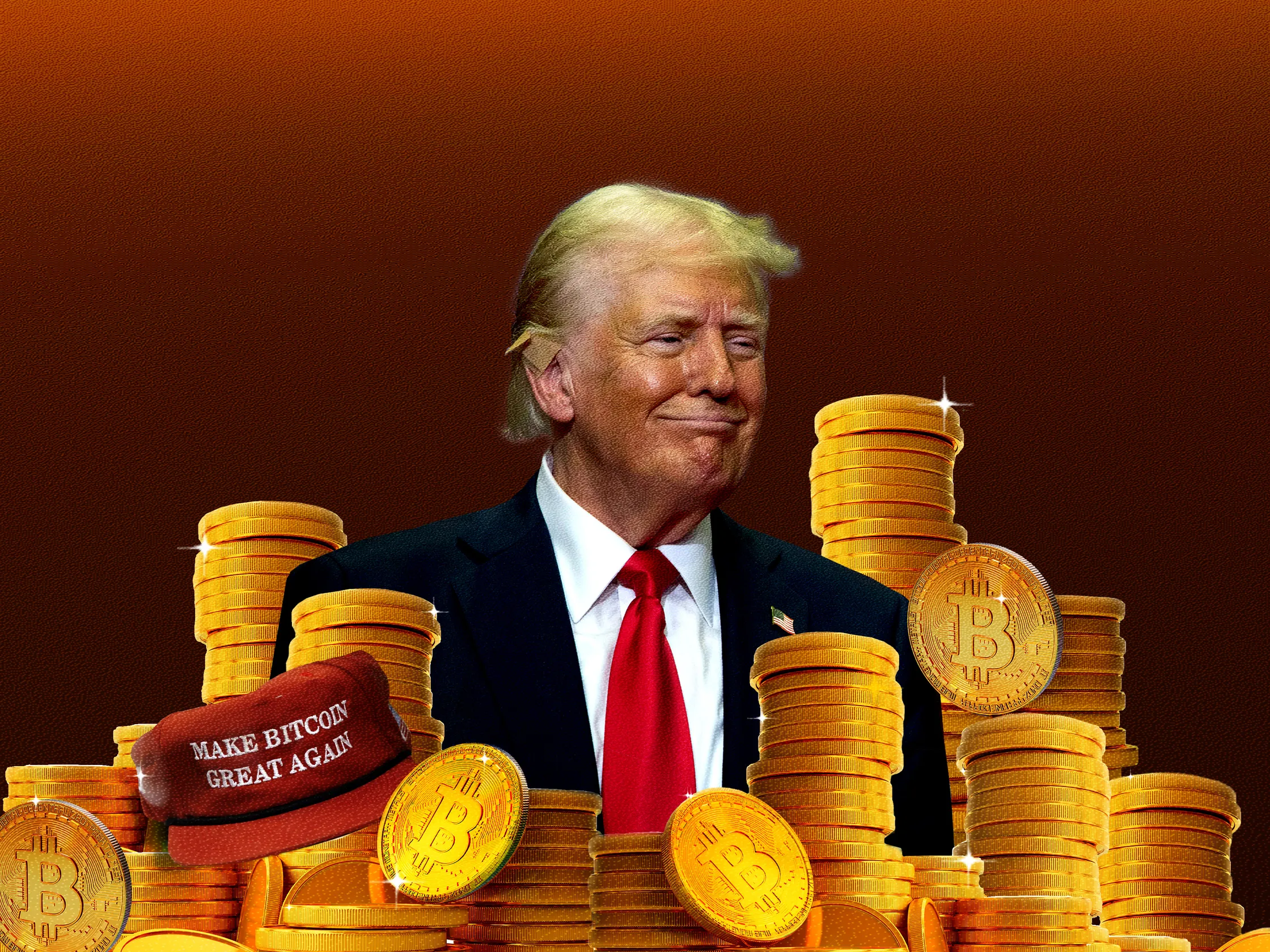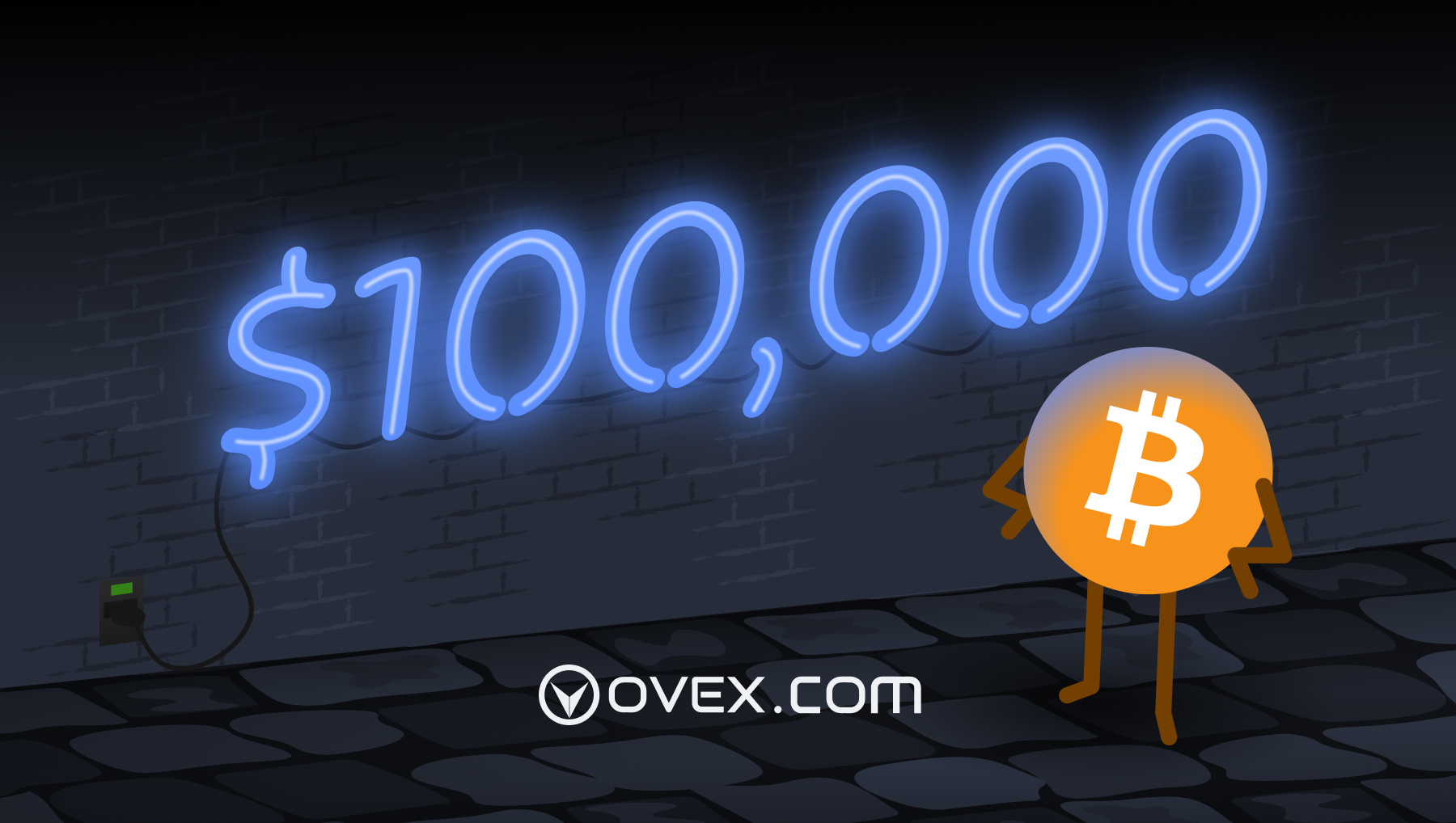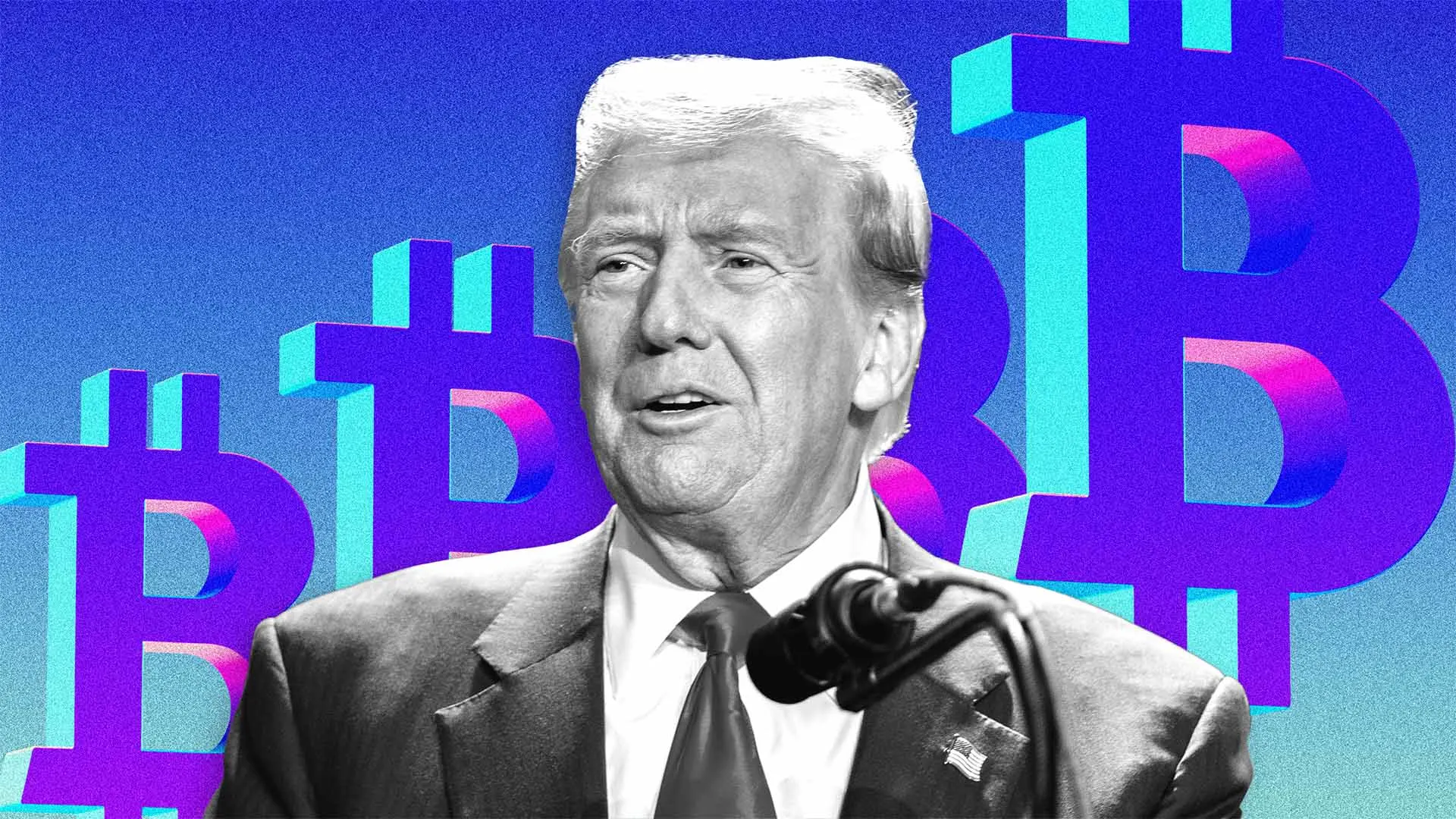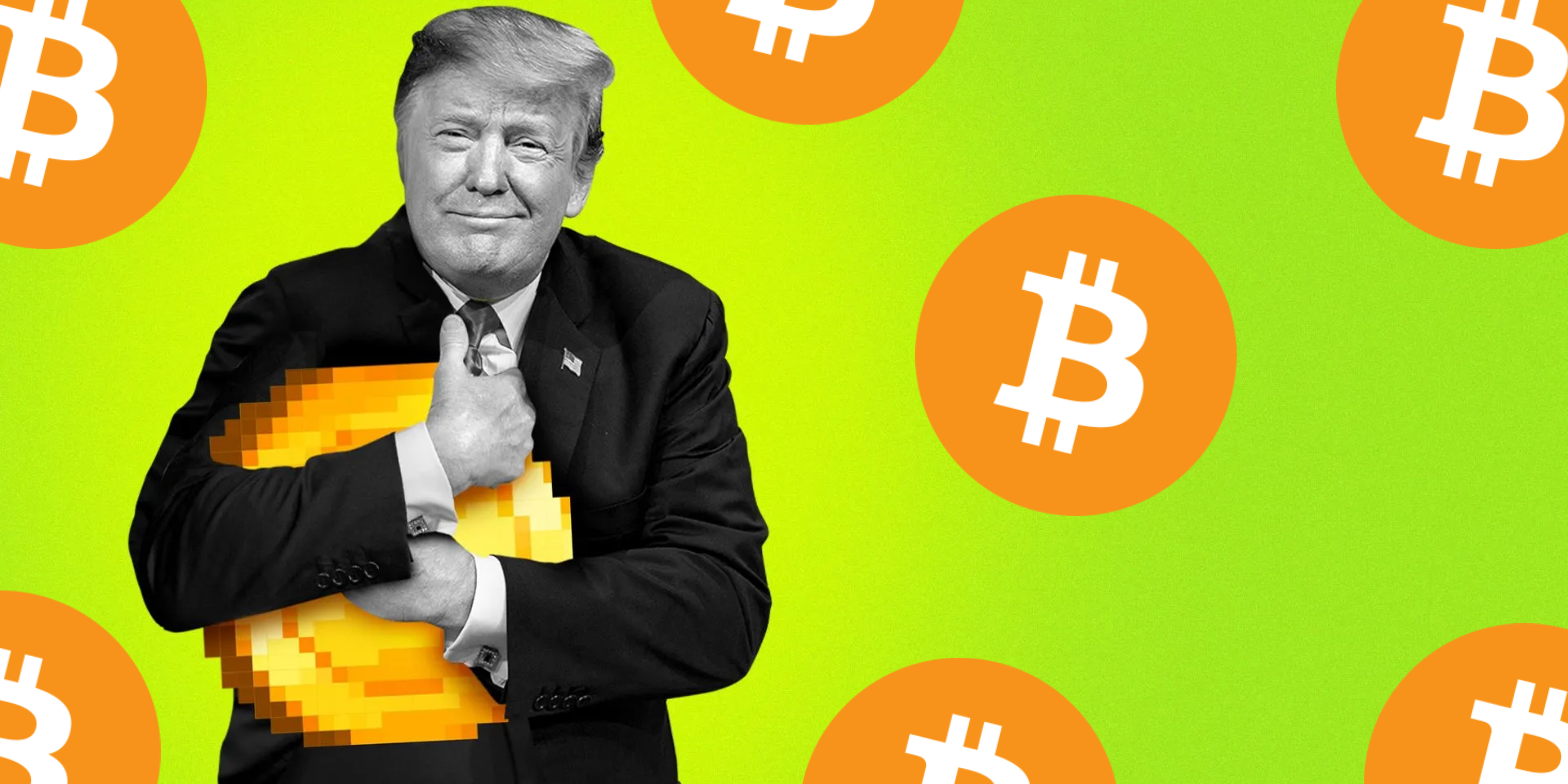As we enter September, a historically volatile month for Bitcoin, investors are keeping a close eye on macroeconomic factors that could shape the asset’s near-term performance. Historically, Bitcoin has performed poorly in September, registering gains in just 3 of the past 11 Septembers. According to CoinGlass, Bitcoin’s average loss for the month stands at -4.8%. This trend is often attributed to the return of institutional traders post-summer and a re-ignition of market volatility. However, this year, the landscape is more complex, with global economic forces, particularly the Federal Reserve’s upcoming policy decisions, playing a key role.
Macroeconomic Drivers: Interest Rates and the Federal Reserve’s Dilemma
One of the main catalysts impacting Bitcoin this September will be the Federal Reserve’s upcoming decision on interest rates. The Fed is set to hold its next Federal Open Market Committee (FOMC) meeting on September 17, amid mounting expectations of a rate cut. Markets currently project a 70% probability of a 25 basis points (bps) rate cut and a 30% chance of a more aggressive 50 bps cut. Investors are speculating whether this anticipated rate cut will fuel a Bitcoin rally, but the broader macro environment is raising concerns about a deeper correction.
The Fed’s interest rate policy is closely tied to key economic indicators, such as non-farm payroll (NFP) data, ISM Manufacturing reports, and Consumer Price Index (CPI) inflation. Recent NFP figures have revealed signs of labor market weakness, with lower-than-expected job creation and a decline in job openings, reinforcing the case for monetary easing.
However, while lower rates tend to support risk assets, including Bitcoin, a deeper concern is emerging. Fears of a recession are growing, which could trigger a risk-off sentiment, counteracting the typically bullish effect of rate cuts. The next question on everyone’s mind is whether the market has already priced in the September cut which would mean further downside risk remains.
Economic Data: ISM Manufacturing, Labor Markets, and Inflation Trends
Adding another layer to this complex picture is the latest ISM Manufacturing report, which came in at 47— this sits below the 50 mark that signals expansion. While this contractionary reading has historically been seen as a precursor to further rate cuts, it’s worth noting that manufacturing now accounts for less than 10% of the U.S. economy. As such, its predictive power may be limited, and it could be sending false signals about the broader economic outlook – this has happened a number of times over the past 10 years. Nevertheless, the ISM report has intensified speculation that the Fed may opt for a bolder path in its September meeting.
The CPI data will also play a crucial role in the Fed’s decision-making process. Inflation, while easing, remains elevated, and the Fed’s balancing act between controlling inflation and avoiding a recession has made this September’s decision especially critical. If the data points to sustained disinflation and a cooling labor market, it would likely strengthen the case for monetary easing.
Potential Impact on Bitcoin: Bullish or Bearish?
Traditionally, rate cuts are viewed as bullish for risk assets like Bitcoin. Lower borrowing costs make alternative investments more attractive, and liquidity injections often find their way into speculative assets. However, the specific dynamics of this September are far from clear-cut. With Bitcoin’s price action already muted in recent months, a rate cut could be a “sell-the-news” event, particularly if markets believe that the Fed’s dovish turn is already priced in.
A 25 bps cut would signal the start of a standard easing cycle, potentially providing support for Bitcoin’s price as economic uncertainty subsides. In contrast, a larger 50 bps cut might trigger a brief rally—perhaps a 5% to 8% jump—before concerns about a looming recession take hold. Such concerns could lead to renewed selling pressure, particularly if investors perceive the Fed’s aggressive stance as a sign of economic fragility.
Market Sentiment and Short-Term Holder Metrics
Beyond macroeconomic data, on-chain metrics provide additional insight into Bitcoin’s market sentiment. One key indicator is the Short-Term Holder Market Value to Realized Value (MVRV) ratio, which has recently fallen below the breakeven level of 1.0. This metric tracks the market value of coins held by short-term investors (those holding Bitcoin for less than 155 days) relative to the price at which they acquired them. A drop below 1.0 indicates that these investors are now holding coins at a loss, increasing the likelihood of selling pressure if broader market conditions deteriorate.
The fact that short-term holders are shouldering much of the market pressure raises concerns about a potential capitulation event. If Bitcoin fails to hold key support levels, particularly in the face of a rate cut-induced rally, we could see a swift retest of pre-ETF approval levels.
Looking Ahead: Balancing Optimism with Caution
While the macroeconomic backdrop presents challenges, there are reasons for cautious optimism. The U.S. economy appears to be heading toward a “soft landing,” with disinflation, strong household consumption, and wage growth outpacing inflation. Should this trend continue, it could help stabilize risk assets and fuel a longer-term recovery in Bitcoin.
However, with the Fed’s next three meetings (September, November, and December) on the horizon, the market remains on edge. Investors should closely monitor key economic data points, including NFP, ISM, and CPI, as these will heavily influence the Fed’s actions in future meetings and, by extension, Bitcoin’s price trajectory.
Conclusion
September has historically been a challenging month for Bitcoin, and this year looks no different. While the anticipation of a Federal Reserve rate cut has garnered some optimism, growing recession fears and weakening economic data may temper any potential rally. As investors look to navigate this uncertain landscape, understanding both the macroeconomic drivers and on-chain metrics will be crucial in making informed decisions about Bitcoin’s future price action as uncertainty creates buying opportunities.
DISCLAIMER: Dealing or trading in cryptocurrency carries risk. By dealing or trading in cryptocurrency you assume the inherent or associated risks arising from the volatility of cryptocurrency and its limited use in the mainstream marketplace, including loss of capital. Trading in cryptocurrency may not be suitable for all persons. Past returns or performance of any cryptocurrency are not a reliable indicator for future returns. This is not financial advice and is not an invitation to trade. Ovex (Pty) Ltd is an Authorised Financial Services Provider (FSP 53922) and a registered credit provider (NCRCP15552).
